Potter: Stuart Carey
This London-based craftsman is gaining a global reputation for his semi-porcelain stoneware vessels in muted shades of duck-egg blue, cream and lemon.

Meet Stuart Carey
Almost immediately after he graduated from the Royal College of Art (RCA), Stuart Carey’s hand-thrown vessels were sought after by ardent collectors and large companies alike, who were attracted to the beautiful, timeless and tactile qualities of his unique tableware collections.
See our Movers & Shakers section for more makers
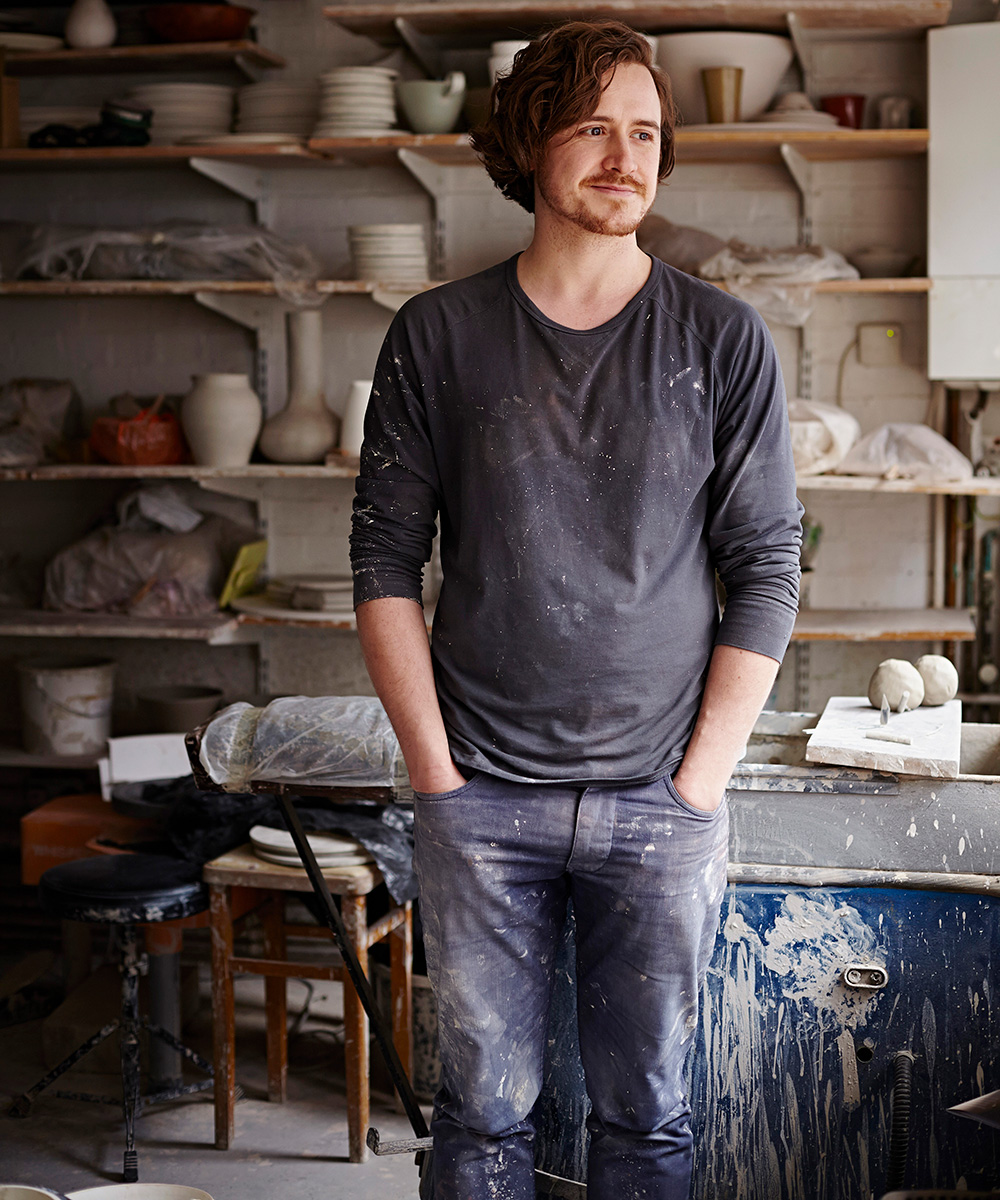
It all started back home in Newcastle when I was studying GCSE art. My teacher, who also happened to be a brilliant potter, was a real inspiration and he sparked my interest in ceramics. Along with four of my classmates, I went on to do a BA in Ceramic Design at the Glasgow School of Art. Many other pupils from our school now have careers in ceramics, which is testament to his teaching. After graduating with first-class honours, I decided to do a masters at the RCA.
I was particularly interested in functional items and focused on tableware. By the end of my second year I had the base of what is now my main ceramics range. My degree show in 2011 went really well and I sold everything. After the show, I was offered a stand at the Art in Clay exhibition at Hatfield House and was also approached by a buyer from Designers Guild who placed an order for 100 pieces, and so my business was born.
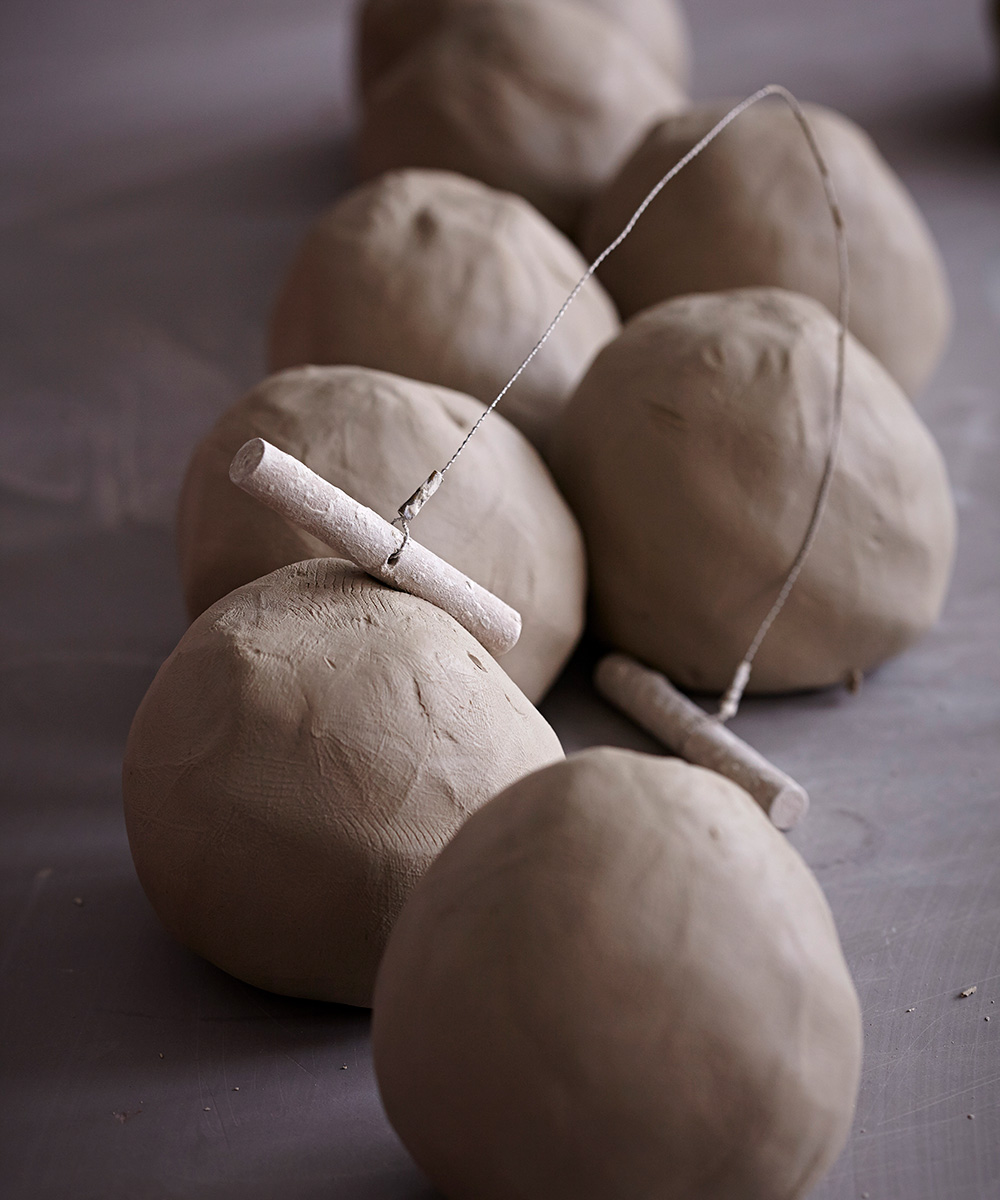
I needed a studio urgently and, luckily, I found a space at the Manifold design collective in east London. The day I left the RCA I started work on the order for Designers Guild. It was a huge learning curve as I was working under real pressure in a tiny space for two solid months. Then I moved to my current studio at Standpoint, a charity that houses a gallery and creative workspace. By the end of 2012, I was getting dinnerware commissions for complete services and orders from companies such as Bellevue Tea and Maud and Mabel.
Another big step was when the painter Howard Hodgkin asked me to create 20 ceramic boxes gilded on the inside with 24-carat gold. In 2013, I exhibited at Ceramic Art London and also started supplying to The Conran Shop. The New Craftsmen in Mayfair also placed orders in 2013 at which point I considered myself established, as my business was self-sustaining.
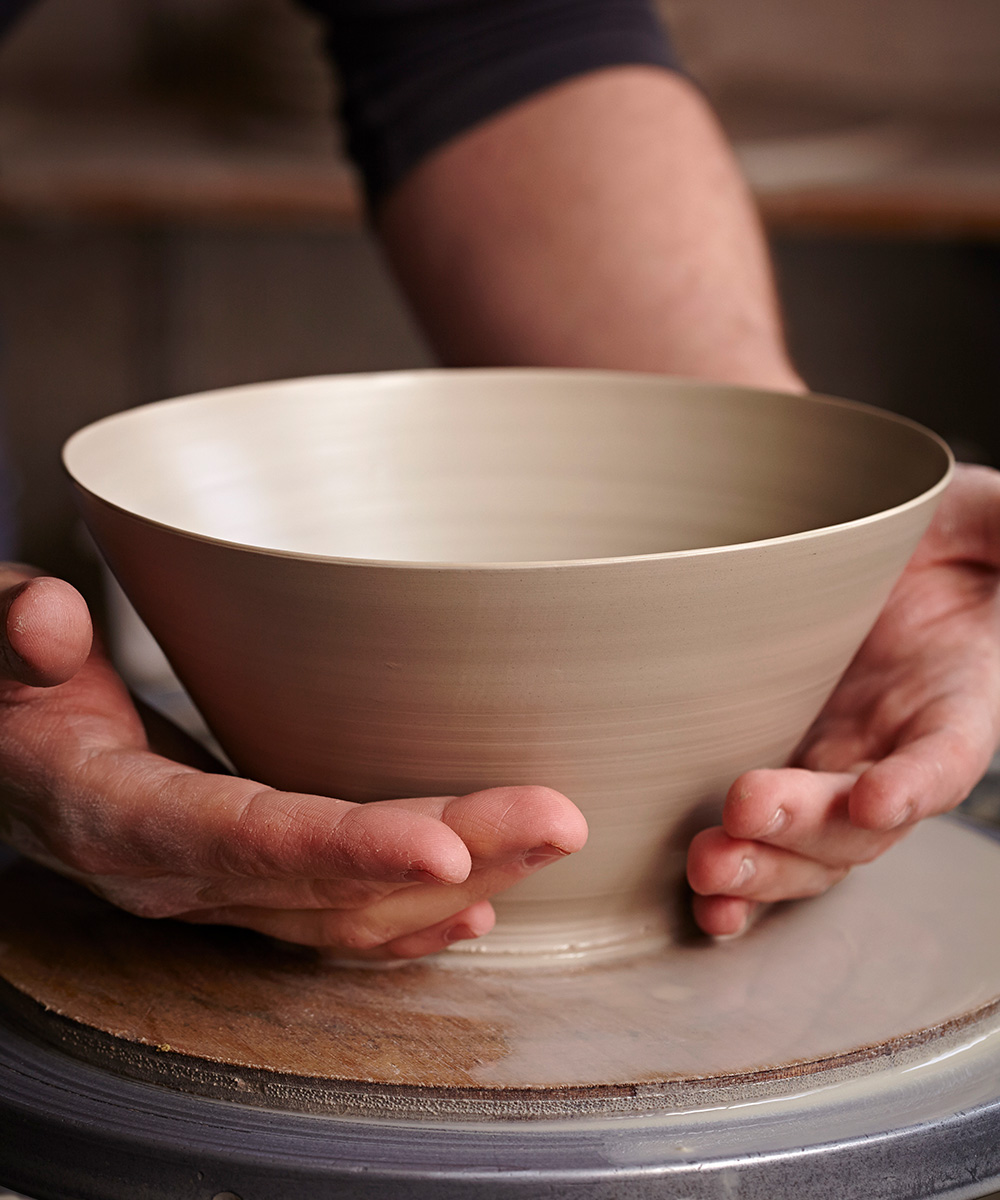
Renowned Australian ceramicist Gwyn Hanssen Pigott was always an influence and still is. She died in 2013 and it’s one of my greatest regrets that I never met her. You can see the same considerations in my work as hers, as our ideals are very similar. My favourite historical ceramics are the Korean pieces at the British Museum and my colour palette is inspired by textiles, particularly the muted hues of delicate linens.
Sign up to the Homes & Gardens newsletter
Design expertise in your inbox – from inspiring decorating ideas and beautiful celebrity homes to practical gardening advice and shopping round-ups.
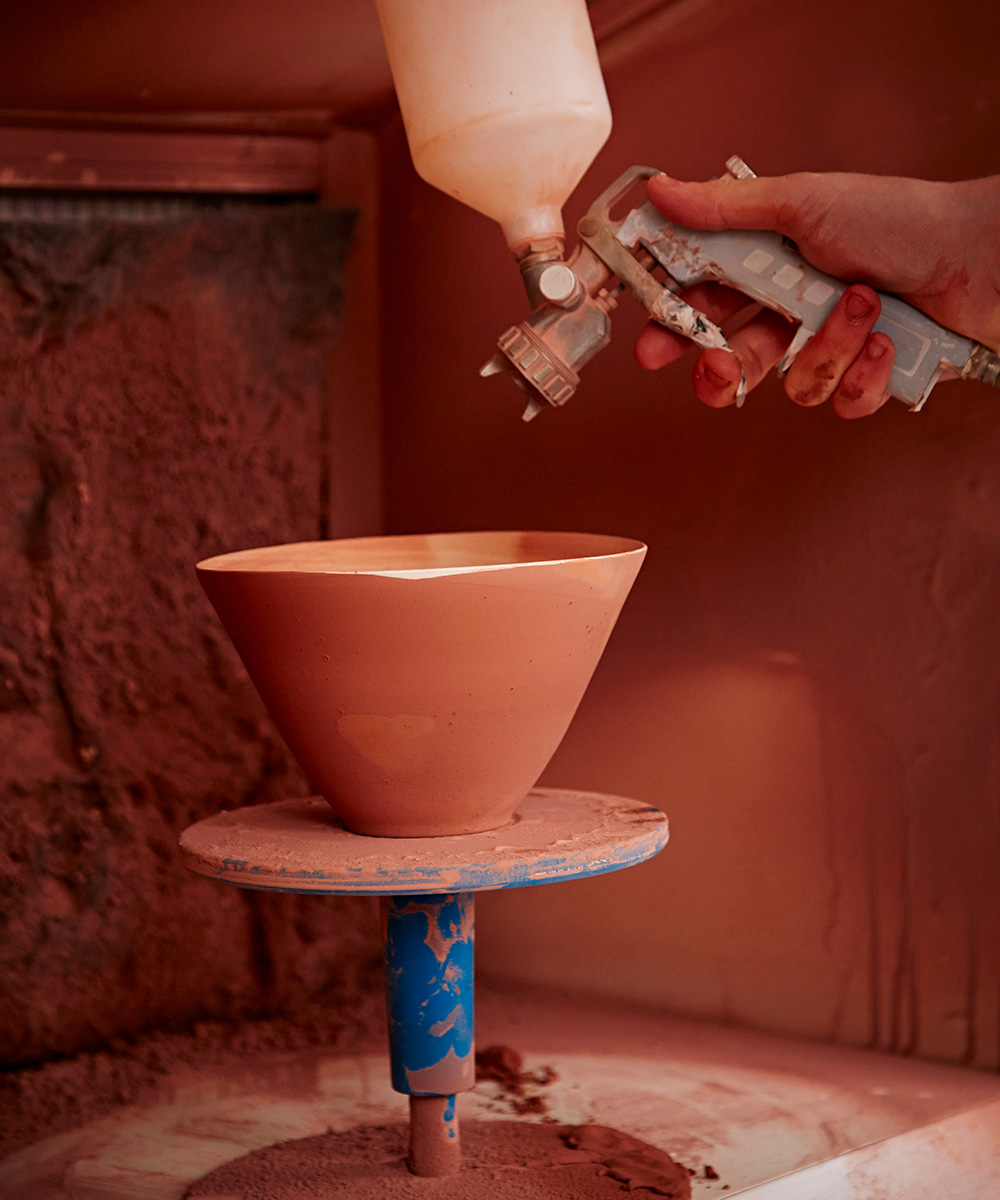
A piece is thrown, then turned and handles are added later. Each item is lifted from the wheel while wet, allowing it to move slightly before drying, which makes it unique. Next, I either spray on the glaze using a compressor or dip the piece. Everything is done by hand; it’s amazing how many times you touch each piece during the process. Since I started my business, I’ve always done the making, with a little help from the occasional intern or a friend to do the time-consuming tasks, such as mixing glazes, weighing out clay and tidying up. You lose days doing this.
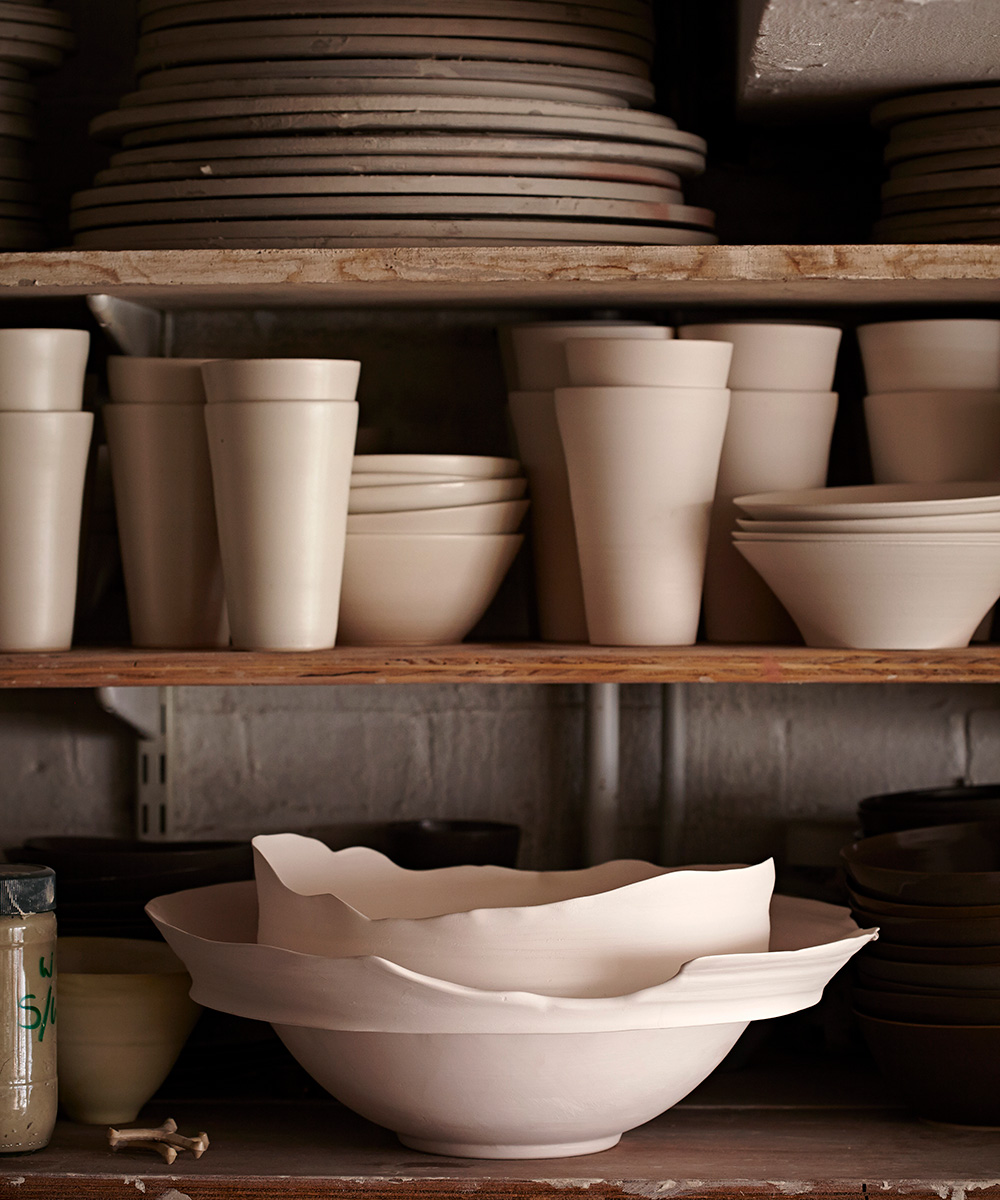
I normally wake up at about 7am when my wife (textile designer Julia Skliarova) is getting up and I try to be in the studio before 10am. Almost everything I make is a three-day process: the first day is spent throwing, the second day turning and the third day glazing, but not necessarily in that order. First, I prepare the clay, then I sit down at the wheel and stick my tablet in front of me to watch a series like Mad Men – my hands know what they’re doing now and I like to make the most of my time at the wheel. I also teach private classes in the studio on a Tuesday evening.
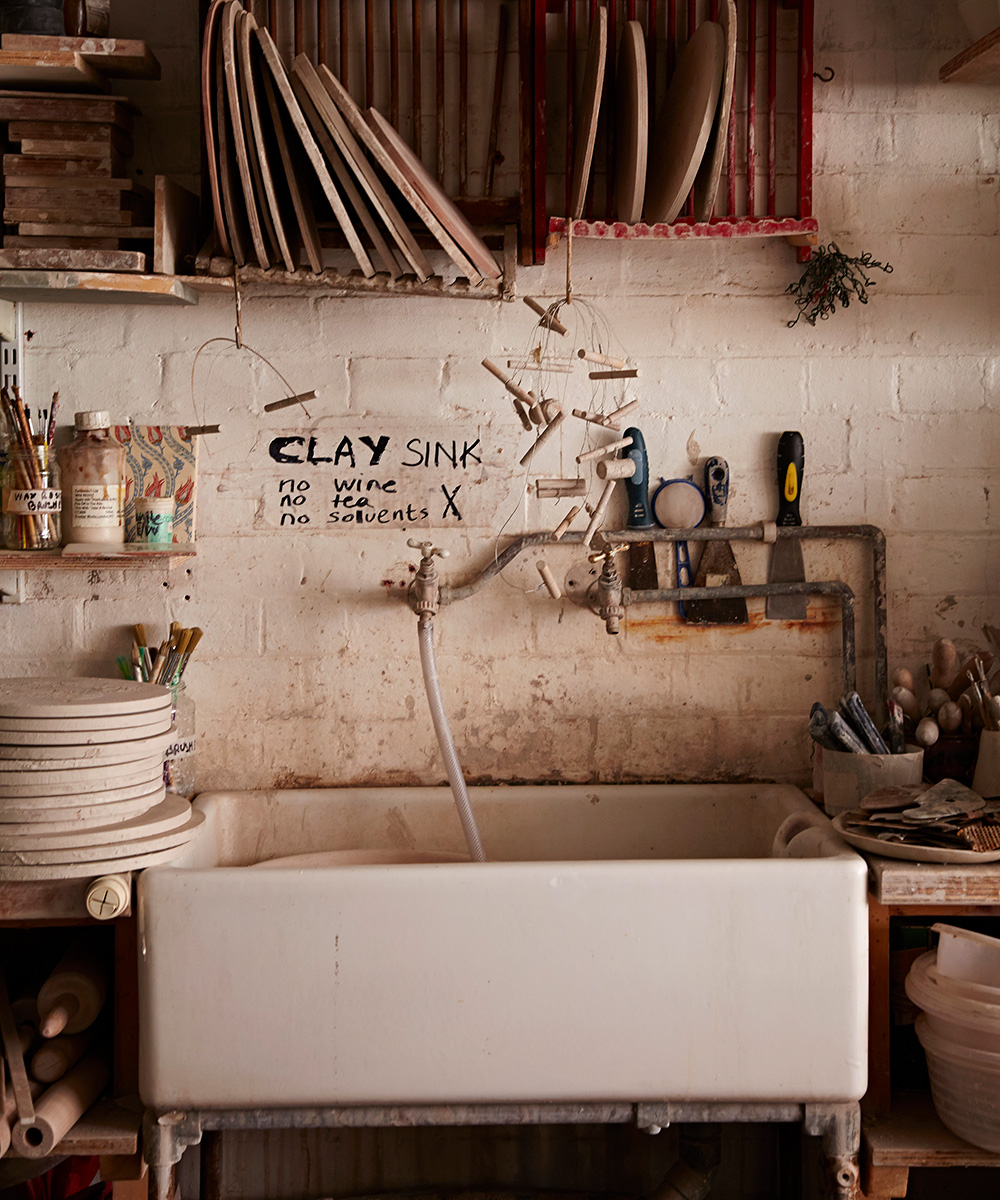
My first international project, a collaboration with Calvin Klein, hit the New York store in 2015. I have also launched a range of lighting, a spin-off from my tableware, through The New Craftsmen. The lights are made from opaque clay, so they cast shadows that make a room feel really atmospheric.
I also created my Horizons range of one-off porcelain pieces with torn rims, which are quite different from my core collection. Lastly, my project The Kiln Rooms is now up and running. It is an open-access ceramics studio that provides a supportive working environment and equipment, enabling people to become established in the field of ceramics.
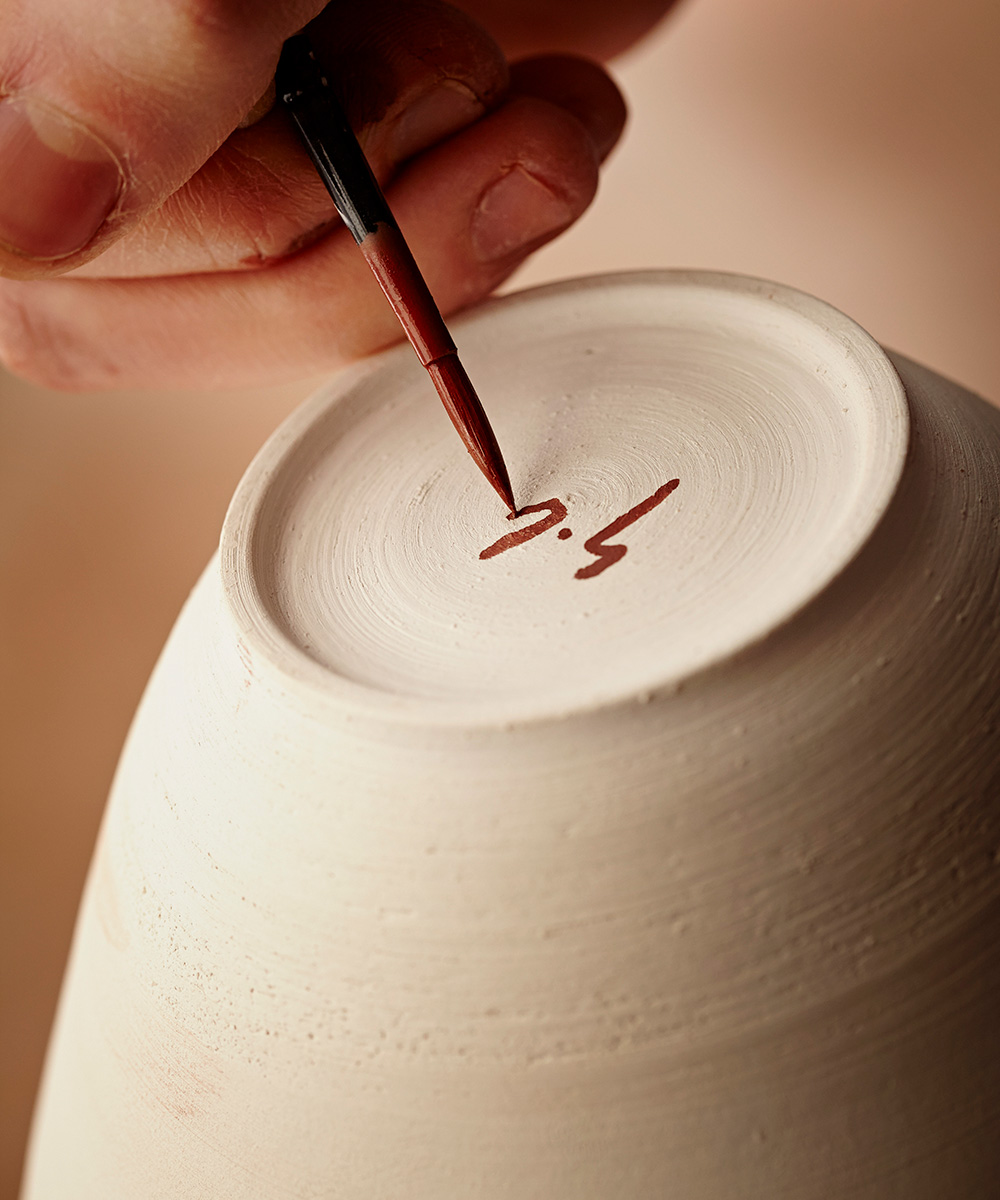
Stuart Carey Ceramics, stuartcarey.co.uk.
Photography/Alun Callender

Jennifer is the Digital Editor at Homes & Gardens. Having worked in the interiors industry for several years in both the US and UK, spanning many publications, she now hones her digital prowess on the 'best interiors website' in the world. Multi-skilled, Jennifer has worked in PR and marketing and occasionally dabbles in the social media, commercial, and the e-commerce space. Over the years, she has written about every area of the home, from compiling houses designed by some of the best interior designers in the world to sourcing celebrity homes, reviewing appliances, and even writing a few news stories or two.
-
 This once-dated kitchen is now a timeless space with the coziest details – and its the classic color palette that's made it a chic, welcoming space
This once-dated kitchen is now a timeless space with the coziest details – and its the classic color palette that's made it a chic, welcoming spaceWarming colors and natural materials combine to create this enduringly classic kitchen scheme
By Molly Malsom Published
-
 How to grow crepe myrtle in pots – and transform even the smallest of yards with dazzling flowers this summer
How to grow crepe myrtle in pots – and transform even the smallest of yards with dazzling flowers this summerGrowing crepe myrtles in pots will inject splashes of brilliant color into your outside space
By Thomas Rutter Published